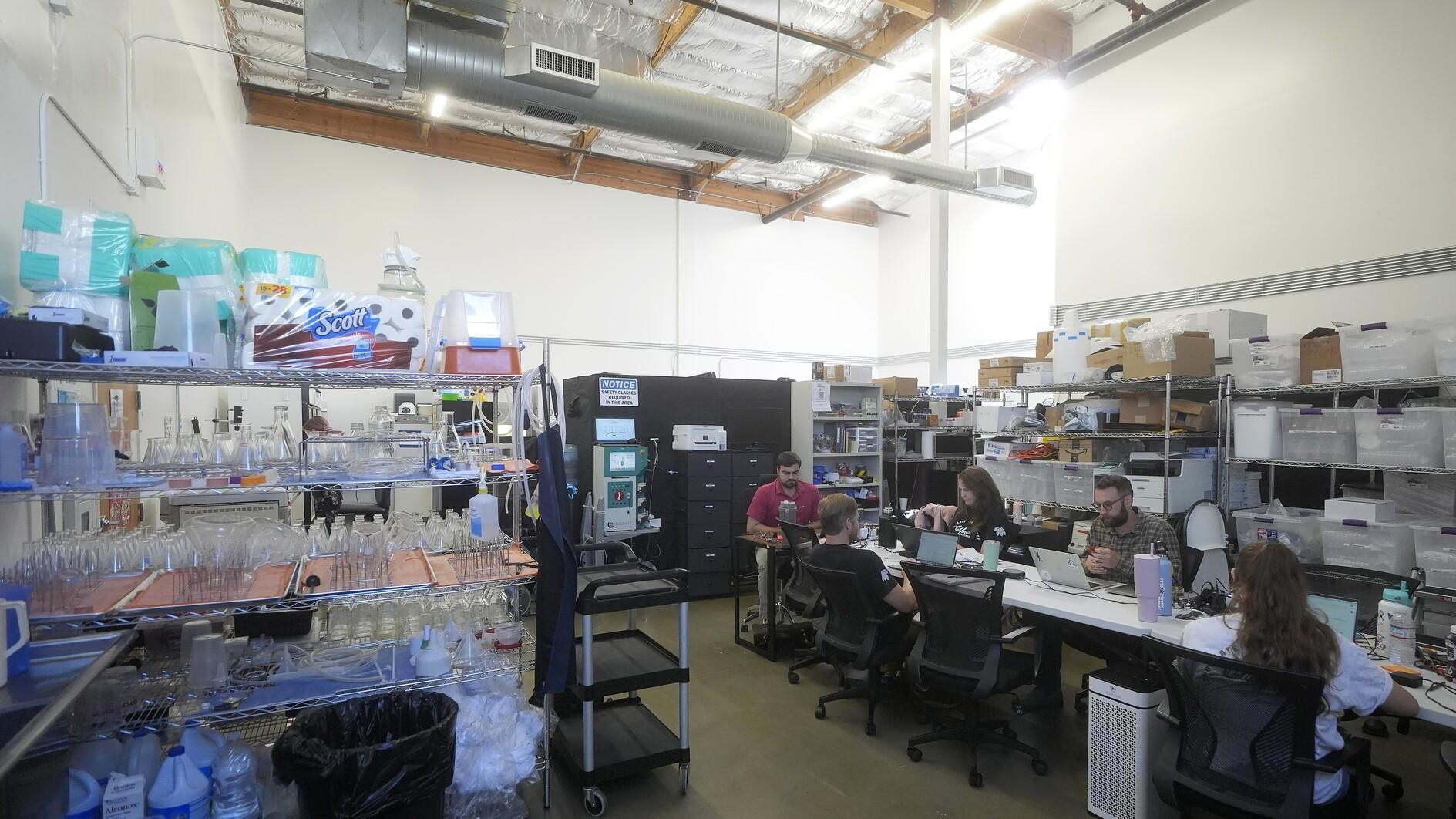
Climate change is stressing rainforests where the highly sensitive cocoa bean grows, but chocolate lovers need not despair, say companies that are researching other ways to grow cocoa or develop cocoa substitutes.
Scientists and entrepreneurs are working on ways to make more cocoa that stretch well beyond the tropics.
California Cultured, a plant cell culture company, is growing cocoa from cell cultures at a facility in West Sacramento, California, with plans to start selling its products next year.
It puts cocoa bean cells in a vat with sugar water so they reproduce quickly and reach maturity in a week rather than the six to eight months a traditional harvest takes, said Alan Perlstein, the company's chief executive.
The process also no longer requires as much water or arduous labor.
“We see just the demand of chocolate monstrously outstripping what is going to be available,” Perlstein said.
“There's really no other way that we see that the world could significantly increase the supply of cocoa or still keep it at affordable levels without extensive either environmental degradation or some significant other cost.”
Cocoa trees grow about 20 degrees north and south of the equator in regions with warm weather and abundant rain, including West Africa and South America.
Climate change is expected to dry out the land under the additional heat.
So scientists, entrepreneurs and chocolate-lovers are coming up with ways to grow cocoa and make the crop more resilient and more resistant to pests — as well as craft chocolatey-tasting cocoa alternatives to meet demand.
The market for chocolate is massive with sales in the United States surpassing $25 billion in 2023.
Many entrepreneurs are betting on demand growing faster than the supply of cocoa.
Companies are looking at either bolstering the supply with cell-based cocoa or offering alternatives made from products ranging from oats to carob that are roasted and flavored to produce a chocolatey taste for chips or filling.
The price of cocoa soared earlier this year because of demand and troubles with the crop in West Africa due to plant disease and changes in weather.
The region produces the bulk of the world’s cocoa.
“All of this contributes to a potential instability in supply, so it is attractive to these lab-grown or cocoa substitute companies to think of ways to replace that ingredient that we know of as chocolatey-flavored,” said Carla D. Martin, executive director of the Fine Cacao and Chocolate Institute.
The push to produce cocoa indoors in the U.S. comes after other products, such as chicken meat, have already been grown in labs.
It also comes as supermarket shelves fill with evolving snack options — something that developers of cocoa alternatives say shows people are ready to try what looks and tastes like a chocolate chip cookie even if the chip contains a cocoa substitute.